Hiring an architect: how to get the right results when remodelling your home
Hire an architect for your project and you can make your home dreams a reality
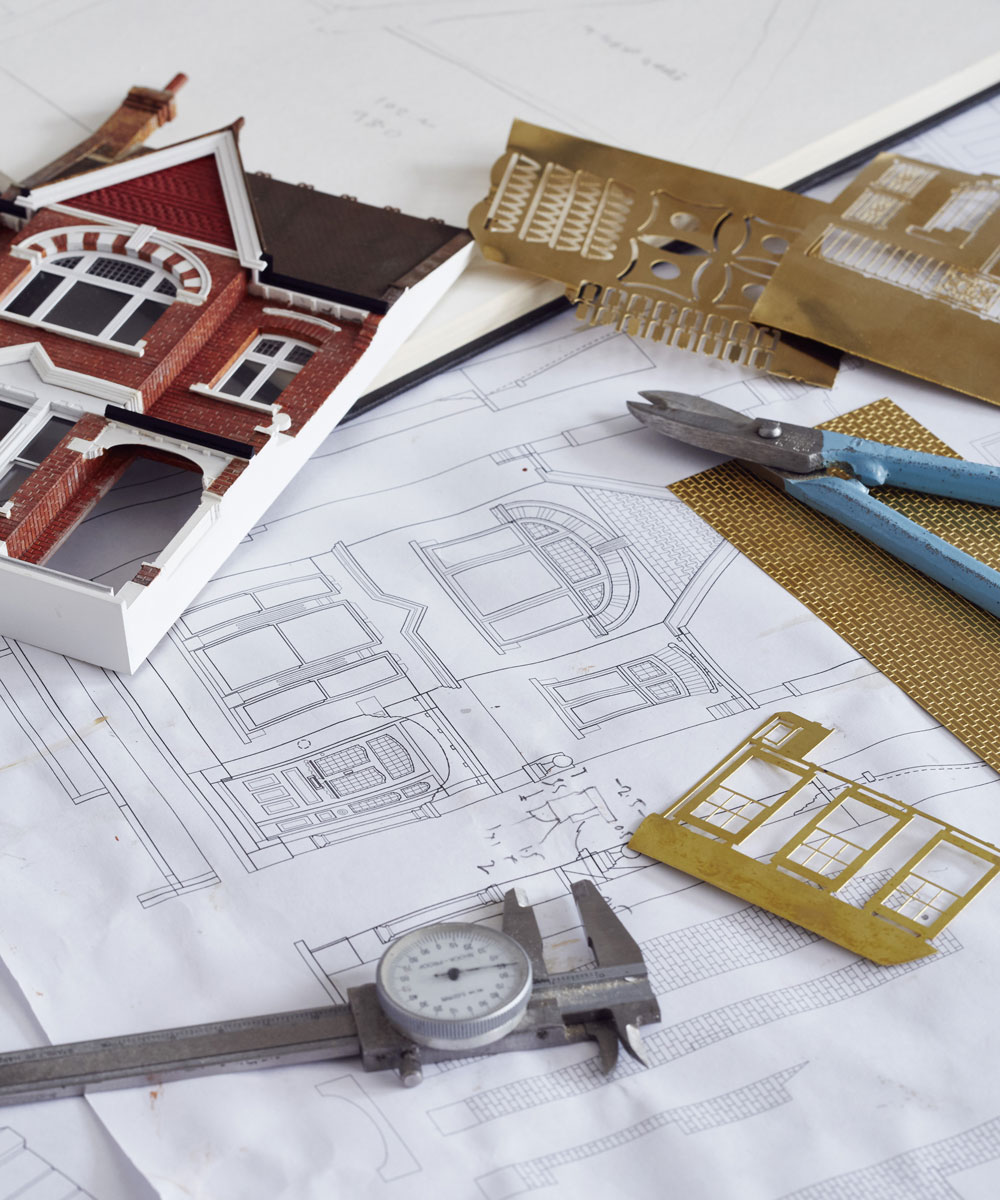

The work of an architect can transform your home in both look and function, bringing to life under-used rooms and vastly improving your sense of wellbeing by adding extra light and space.
But if you haven’t commissioned one before, hiring an architect can be a daunting prospect. We’ve outlined the main considerations when deciding how to commission an architect, along with some insider tips from a panel of industry experts, to give you a helping hand.
See more: House Design – find out more and be inspired by beautiful projects
Hiring an architect: how do I find the right architect for my project?
Once you have a shortlist of architects, interview at least three face-to-face and ask if you can see their work in the flesh. ‘You must like them enough to divulge the inner workings of your household, so a shared sense of humour is important,’ says Chris Romer-Lee, co-founder and director of Studio Octopi.
‘Remember that the relationship will last for months, sometimes years,’ adds Jenny Jones, founder of Studio Jenny Jones.
What is a RIBA architect?
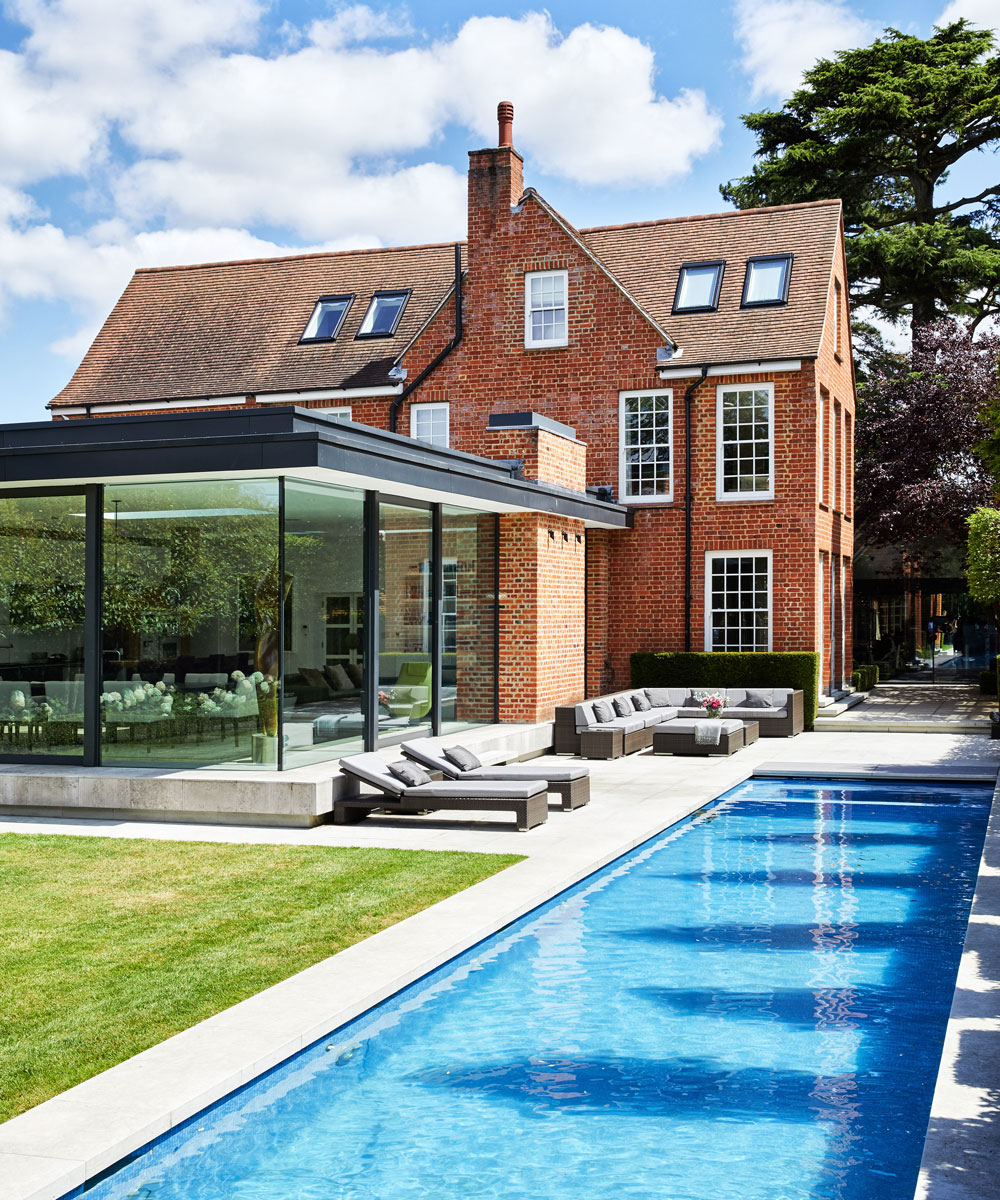
Another consideration is whether you need a Royal Institute of British Architects (RIBA) architect. While every architect has to be signed up to the UK’s regulator of architects Architects Registration Board (ARB), not all are RIBA members.
As the UK’s chartered body for architects, RIBA requires members to comply with a specific code of conduct. To become an architect, candidates would need to complete three stages, or 'parts' of training.
- Part 1 architects undertake a full-time undergraduate degree
- Part 2 architects complete 24 months of professional experience, 12 of which need to be supervised by a registered architect.
- Architects who have taken an Advanced Diploma in Professional Practice in Architecture are called Part 3 architects. Without this, an architect can’t be registered with the ARB or become a member of RIBA.
See: Kitchen extensions – expert ideas for planning the perfect kitchen extension
How do you instruct an architect?
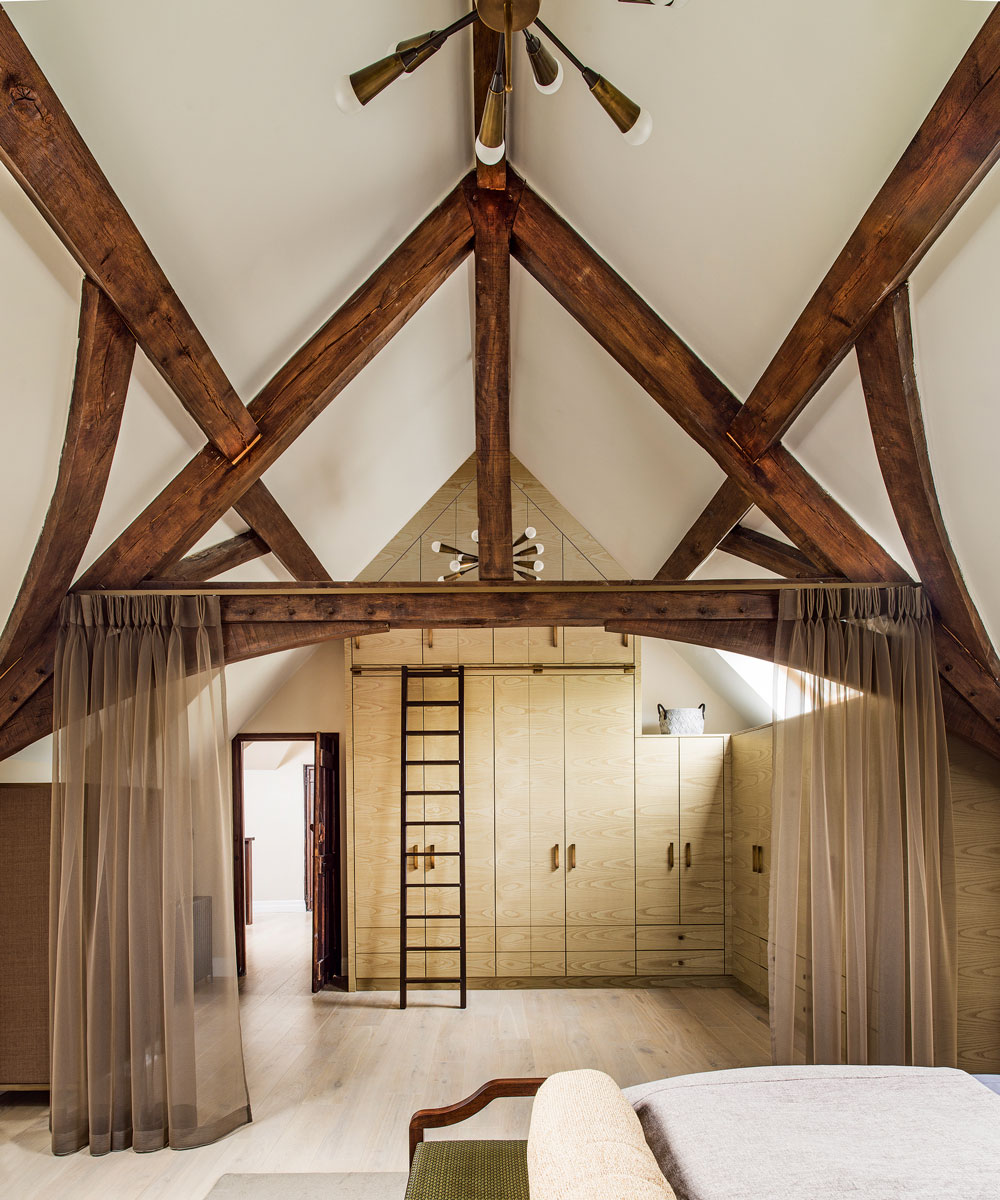
‘Think about why you want to build instead of what needs to be built,’ says Nigel Ostime, Chair of the RIBA Client Liaison Group. ‘Note down how you want to use your space, and any problems that need solving.’
Create a wish list of changes you’d like to make to your home. Then gather plenty of inspiration to show your architect when you meet them.
‘Sites like themodernhouse.com are really inspiring and also link to architecture firms’ websites,’ says Jenny Jones.
Once you have outlined your needs, your architect will come up with different options for meeting them.
How do you write a brief for an architect?
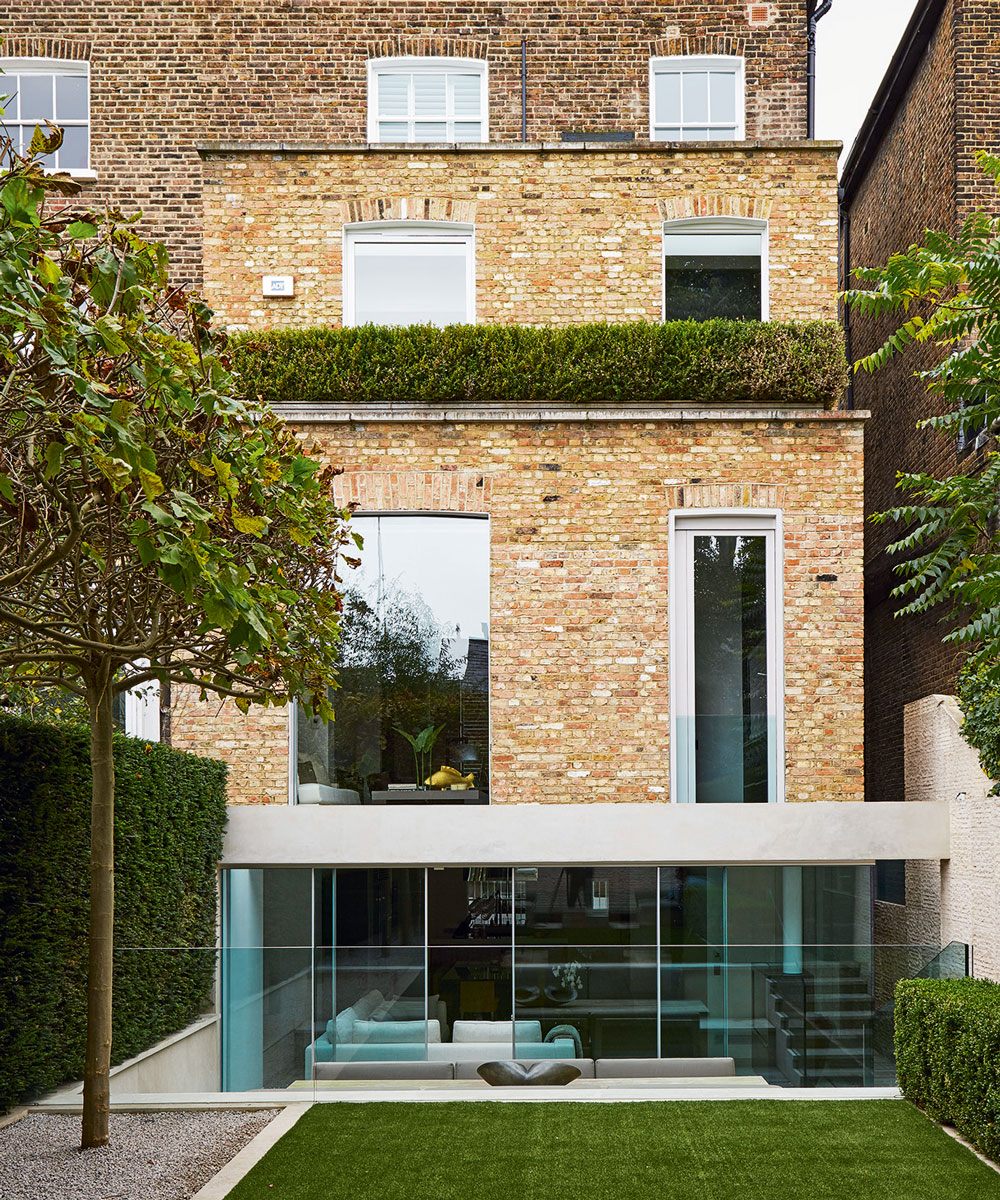
Begin with your budget. Being honest and realistic with what you can spend will give your architect a clear idea on what they can (and can’t) achieve when designing your project.
Remember to budget for the build and materials, as well as any consultancy fees. Similarly, you need to be open with your architect if you have a specific time frame in which you expect the works to be completed.
Bear in mind that there are elements of a build that can delay a schedule that can be out of your architect’s control. These can include planning permission approval and the delivery of materials. If they don’t feel that your schedule is achievable from the get-go, they will let you know.
Also, if you have specific ideas about the design that you want incorporated, such as specific technologies or renewable resources. Let your architect know about these, too, so that they can work these into the design wherever possible.
See: Design house: Architecture and landscape take centre stage in this Seattle residence
What does an architect provide?
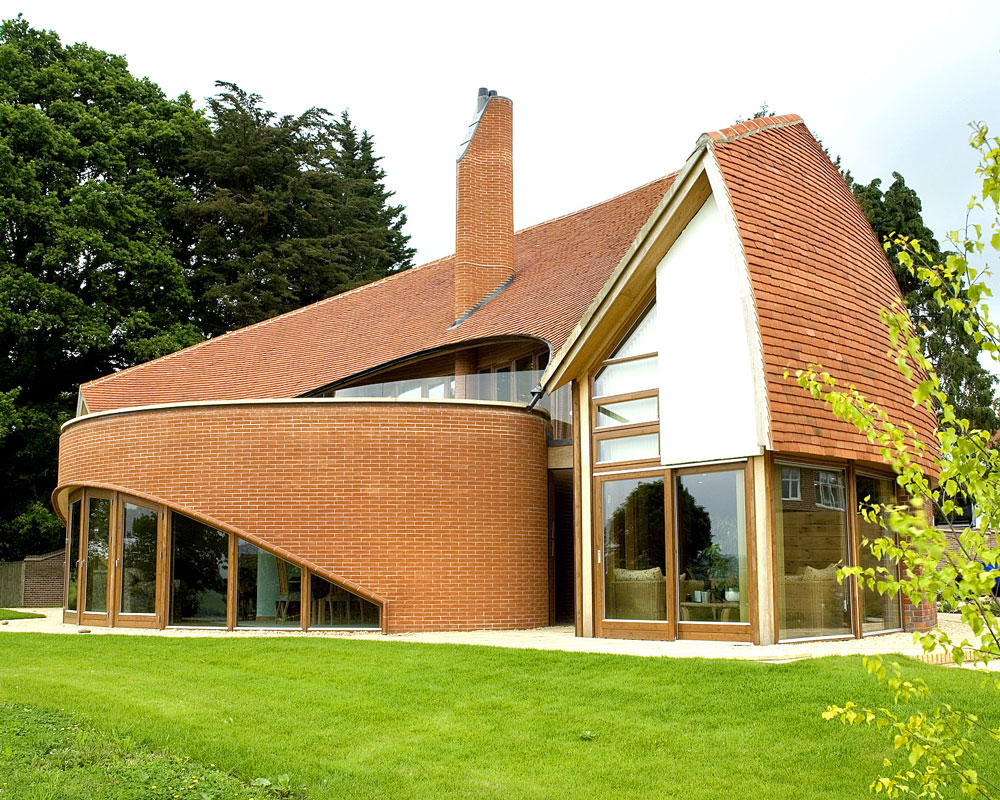
The scale of the architect’s involvement can be tailored to suit you. ‘Most architects offer a range of services, from sketching ideas to full project management,’ says Paul Archer, founder and director of Paul Archer Design.
Paul Archer Design generally offers full project management on builds costing £50,000 upwards, but this will vary from firm to firm.
‘Your architect could also just take the design to planning permission level, then hand over to your builder,’ adds Paul. The builder you choose depends on budget and the level of involvement you’re willing to have in overseeing your project.
'If you choose the final option, remember that it can have an impact on the quality of the final product', says Archer.
Do you need to sign a contract with an architect?
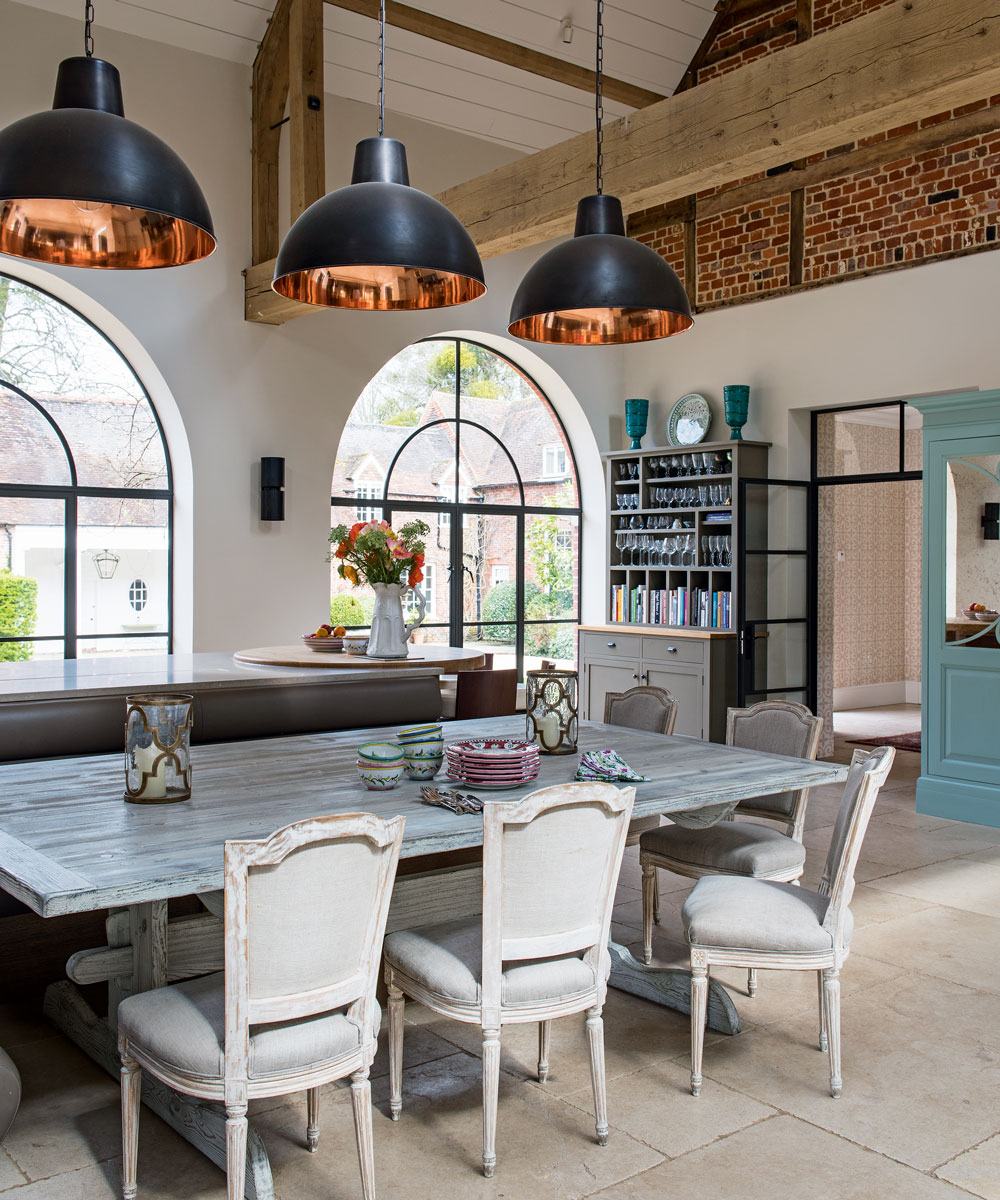
It's essential to have a written contract drawn up before you begin. ‘This is required by RIBA and is designed to avoid any misunderstandings,’ says Archer.
‘It sets out what the architect will do, the timescale for the work and the fee agreements,’ adds Ostime.
A contract will cover you both with regards to duty of care, and ensures the architect will follow all standard health and safety regulations on site.
See: How to find a kitchen layout to suit your lifestyle
Where to go for more advice on hiring an architect
These organisations and events can help you turn your ideas into reality.
Homebuilding and Renovating Show
This fair pops up at eight UK locations each year. From eco builders to window suppliers and material specialists, it will give you wide-ranging inspiration for your project. There’s also an advice centre where you can get free expert consultations.
Royal Institute of British Architects
If you’ve never worked with an architect before, try the RIBA’s free referrals service: speak to the client services team and they will help you put together a tailored shortlist of accredited architects that might suit you. The Institute also has a wealth of useful advice on its website.
This exhibition, which takes place each February at Olympia in London, is useful for anyone renovating a listed or period home. Over 150 organisations, including architects and conservation experts, give free advice on projects and available grants. Specialist materials suppliers also show their wares. lpoc.co.uk
Find ideas for architectural lighting, materials and finishes at this show, which takes place each February at London’s Business Design Centre. You might even get talking to your dream architect or designer – thousands attend each year.
Hopefully, our guide to how to commission an architect has given you the confidence you need to kick-start your project.
Sign up to the Homes & Gardens newsletter
Design expertise in your inbox – from inspiring decorating ideas and beautiful celebrity homes to practical gardening advice and shopping round-ups.

Jennifer is the Digital Editor at Homes & Gardens. Having worked in the interiors industry for several years in both the US and UK, spanning many publications, she now hones her digital prowess on the 'best interiors website' in the world. Multi-skilled, Jennifer has worked in PR and marketing and occasionally dabbles in the social media, commercial, and the e-commerce space. Over the years, she has written about every area of the home, from compiling houses designed by some of the best interior designers in the world to sourcing celebrity homes, reviewing appliances, and even writing a few news stories or two.
-
 5 surprising but brilliant ways to clean with old socks – from perfectly buffing stainless steel to deterring pests naturally and more
5 surprising but brilliant ways to clean with old socks – from perfectly buffing stainless steel to deterring pests naturally and moreTackle dust in tricky corners, clean your mirrors and even banish bad odors with those rogue single socks
By Andy van Terheyden Published
-
 How to grow astilbe – expert advice on cultivating this shade-tolerant flowering perennial
How to grow astilbe – expert advice on cultivating this shade-tolerant flowering perennialShade-tolerant and pest-resistant - astilbe are hardy and tough perennials that can thrive in many settings
By Ellen Wells Published